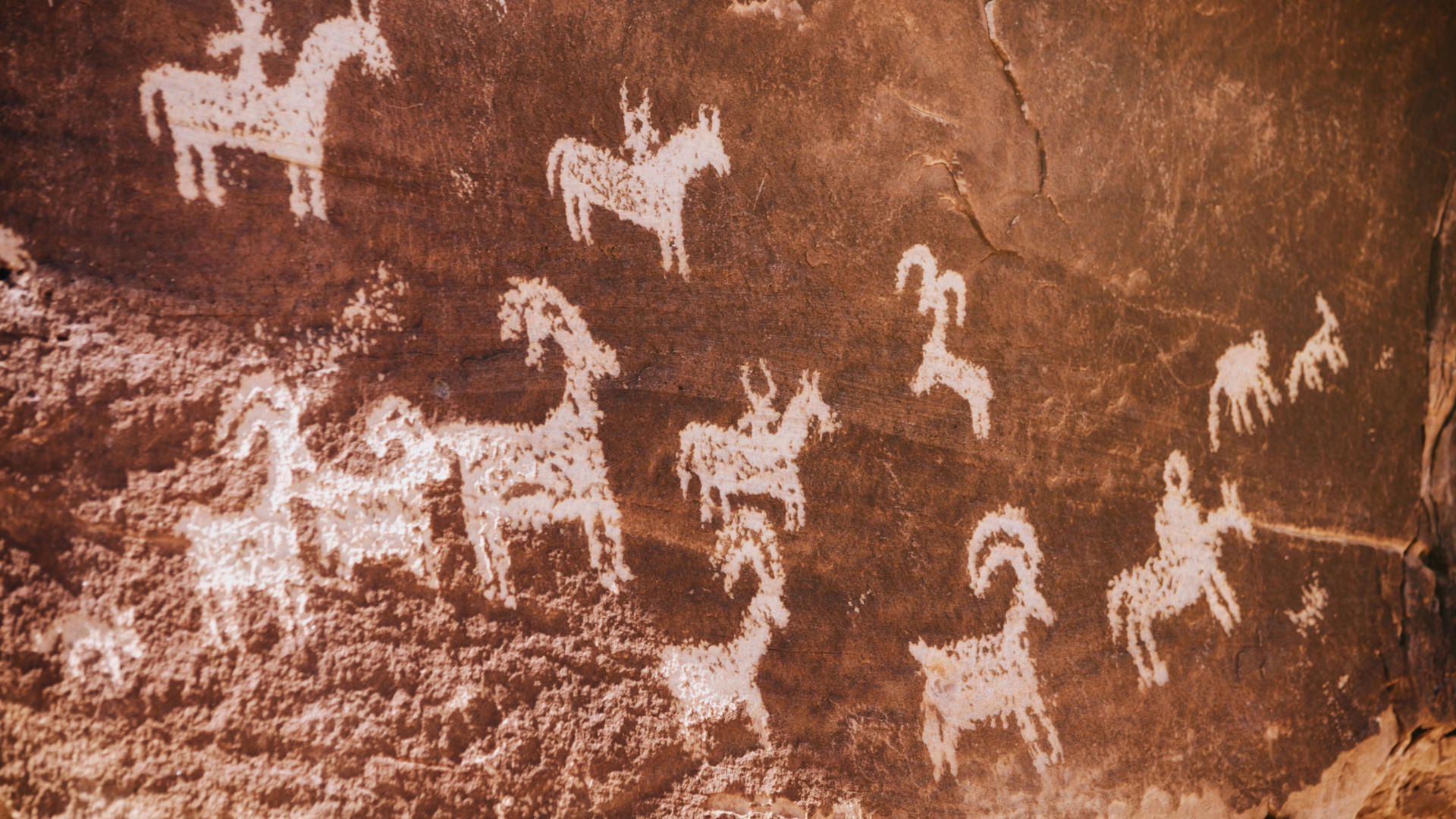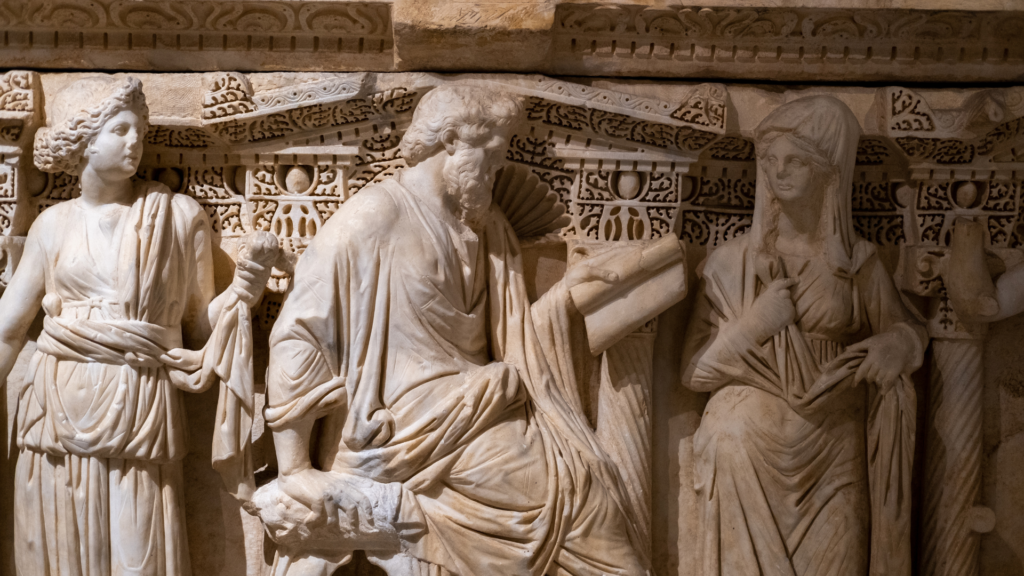Art has been a fundamental part of human expression for thousands of years, evolving alongside societies and cultures. From prehistoric cave paintings to contemporary digital art, the history of art reflects the complexities of human experience and creativity. Understanding the history of art offers valuable insights into cultural shifts, societal values, and the evolution of creative techniques.
Throughout different eras, such as the Renaissance, Baroque, and Modern periods, artistic movements have emerged in response to social, political, and technological changes. Each movement has contributed to a rich tapestry of styles and meanings that continue to influence artists today. The journey through art history demonstrates how artists have used their work to document their time, challenge conventions, and push boundaries.
Exploring the history of art not only highlights remarkable achievements but also reveals significant struggles and transformations within societies. By examining key artworks and their contexts, one can appreciate how art mirrors the human condition across time and space. This exploration opens doors to a deeper appreciation and understanding of the diverse expressions found within the artistic world.
Origins and Prehistoric Art
Prehistoric art encompasses the earliest creative expressions of humanity. This section explores the significant periods of Paleolithic and Neolithic art, highlighting their defining characteristics and cultural relevance.
Paleolithic Art
Paleolithic art dates back approximately 40,000 years and is predominantly found in caves across Europe, such as Lascaux and Altamira. The artworks from this era include impressive cave paintings depicting animals like bison and horses.
These images often served ritualistic purposes or as a means of communication. Alongside paintings, Paleolithic artists created relief sculptures and portable art, such as Venus figurines.
Tools made from bone, ivory, and stone were likely used to create these works. Their persistence speaks to the human desire to express experiences and surroundings through visual means.
Neolithic Art
Neolithic art emerged around 10,000 BCE, coinciding with the advent of agriculture. This period is marked by the creation of permanent settlements, leading to new forms of artistic expression.
Ceramics became notable, with decorated pottery found in various archaeological sites. Neolithic artwork often included functional items like storage jars that showcased intricate designs.
Sculptures and megalithic structures, such as Stonehenge, reflect community beliefs and practices. These artworks provided insights into social organization and served as a testament to evolving human cultures.
Classical Antiquity
Classical Antiquity encompasses significant artistic achievements from the Ancient Near East, Ancient Egypt, and classical Greece and Rome. These cultures laid the foundations for various artistic traditions still studied and celebrated today.
Ancient Near East
The art of the Ancient Near East includes a variety of cultures such as the Sumerians, Akkadians, Babylonians, and Assyrians. Notable works include large-scale sculptures, reliefs, and intricate pottery.
Key Characteristics:
- Use of narrative scenes in reliefs.
- Monumental architecture like ziggurats.
- Iconography is often linked to religion and governance.
Materials used included clay, stone, and metal, which were shaped into tools, weapons, and elaborate decorations. Their artistic expressions were often tied to myths and religious practices.
Ancient Egyptian Art
Ancient Egyptian art is characterized by its monumental structures and adherence to strict conventions that emphasized order and symbolism. Temples, tombs, and monumental sculptures served both aesthetic and practical purposes.
Prominent Features:
- Hieroglyphics as visual language.
- Statues of deities and pharaohs, often in formal poses.
- Use of color and perspective to convey depth and narrative.
This art style emphasized eternity and the afterlife, reflecting the culture’s beliefs. Materials such as limestone, sandstone, and gold were commonly used, with intricate carvings and paintings adorning tombs.
Greek and Roman Art
Greek and Roman art represents the culmination of classical aesthetics, focusing on human form and naturalism. Greek art introduced idealized human figures, while Roman art adapted these ideas for realism.
Distinct Aspects:
- Greek sculpture emphasized proportion and movement.
- Roman art embraced portraiture and realism, often in marble.
- The use of arches and columns influenced architecture significantly.
Both cultures contributed to developments in pottery, painting, and architecture, with noteworthy examples like the Parthenon and the Colosseum. Their artistic legacies continue to influence contemporary art and architecture.
Medieval to Renaissance
The transition from the Medieval period to the Renaissance marked significant changes in artistic expression. Each art style reflected the cultural and religious contexts of its time, influencing not just visual art but society as a whole.
Byzantine Art
Byzantine art emerged in the Eastern Roman Empire, emphasizing religious themes. It characterized itself with iconic imagery, particularly in mosaics and frescoes, which decorated churches and public buildings. The use of gold backgrounds and flat, frontal figures created a spiritual and otherworldly effect.
Artists aimed to convey religious narratives rather than realistic representation. Icons became central, often depicting Christ, the Virgin Mary, and saints, serving both decorative and devotional purposes. Notable examples include the mosaics of Hagia Sophia in Istanbul, showcasing intricate craftsmanship.
Romanesque Art
Romanesque art developed in the 10th century across Europe, featuring robust structures and sculptural decoration. Characterized by semi-circular arches and thick walls, Romanesque architecture was functional and monumental, as seen in churches and monasteries.
Sculpture flourished during this period, often depicting biblical scenes or figures on portals and capitals. Artists employed stylization over realism, focusing on conveying moral lessons. Illuminated manuscripts also became prominent, blending text with intricate illustrations that reflected the era’s religious fervor.
Gothic Art
Gothic art arose in the 12th century, marked by verticality and light. This style manifested through soaring cathedrals adorned with stained glass, creating a celestial atmosphere. Notable examples include Notre-Dame Cathedral in Paris, demonstrating innovations such as ribbed vaults and flying buttresses.
Sculpture evolved to portray more naturalistic figures, reflecting both the human experience and spiritual themes. Royal and clan coats of arms became common in artworks, illustrating the significant connection between art, politics, and personal identity during this period.
Renaissance Art
Renaissance art, beginning in the late 14th century, heralded a return to classical ideals and a focus on humanism. Artists sought to balance realism and expression, employing techniques such as linear perspective to create depth in their works.
Notable figures like Leonardo da Vinci and Michelangelo exemplified this transformation. Da Vinci’s “The Last Supper” displayed mastery in composition and emotion, while Michelangelo’s “David” epitomized the human form’s beauty and complexity. Patrons, especially the Medici family in Florence, fueled the arts, transforming society’s view of the artist from craftsman to genius.
Modern and Contemporary Art
Modern and contemporary art encompass a broad range of styles and movements reflecting societal changes, technological advancements, and evolving cultural values. This section highlights key art movements from the Baroque period to the present.
Baroque to Neoclassicism
Baroque art emerged in the late 16th century, characterized by dramatic use of light and shadow, intense emotions, and grandeur. Artists like Caravaggio and Rembrandt created works that conveyed deep narratives through their intricate compositions. This era transitioned into Neoclassicism in the late 18th century, seeking inspiration from classical antiquity. Neoclassical artists, such as Jacques-Louis David, emphasized order, symmetry, and rationality, responding to the excesses of the Baroque period.
Romanticism to Realism
Romanticism flourished in the late 18th and early 19th centuries, celebrating emotion, nature, and the individual spirit. Artists like Eugène Delacroix and J.M.W. Turner depicted dramatic scenes and vivid colors, rejecting the strictures of Neoclassicism. In contrast, Realism emerged in the mid-19th century, focusing on ordinary life and social issues. Artists such as Gustave Courbet rejected idealism, portraying the lives of the working class with raw honesty and detail.
Impressionism to Post-Impressionism
Impressionism began in the late 19th century, with artists like Claude Monet aiming to capture fleeting moments and the effects of light. They employed loose brushwork and vibrant colors to convey the sensory experience of a scene. As Impressionism evolved, Post-Impressionism emerged, led by artists like Vincent van Gogh and Paul Cézanne. They expanded upon Impressionist techniques, exploring emotional depth and structural form, paving the way for modern artistic movements.
Modern Art
Modern art spanned the late 19th and early 20th centuries, characterized by a break from traditional styles and experimentation with form and color. Movements like Cubism, pioneered by Pablo Picasso and Georges Braque, fragmented objects into geometric shapes. Abstract Expressionism later emerged, emphasizing spontaneous and emotional expression through non-representational forms. Artists like Jackson Pollock and Mark Rothko explored new mediums and techniques, reflecting the complexities of modern existence.
Contemporary Art
Contemporary art refers to works produced from the late 20th century to the present. This period is marked by diversity in styles, mediums, and themes, reflecting global influences. Artists like Damien Hirst and Yayoi Kusama challenge traditional notions of art through innovative installations and conceptual approaches. The rise of digital art and social media has transformed how art is created and shared, fostering new dialogues around accessibility and cultural commentary.




